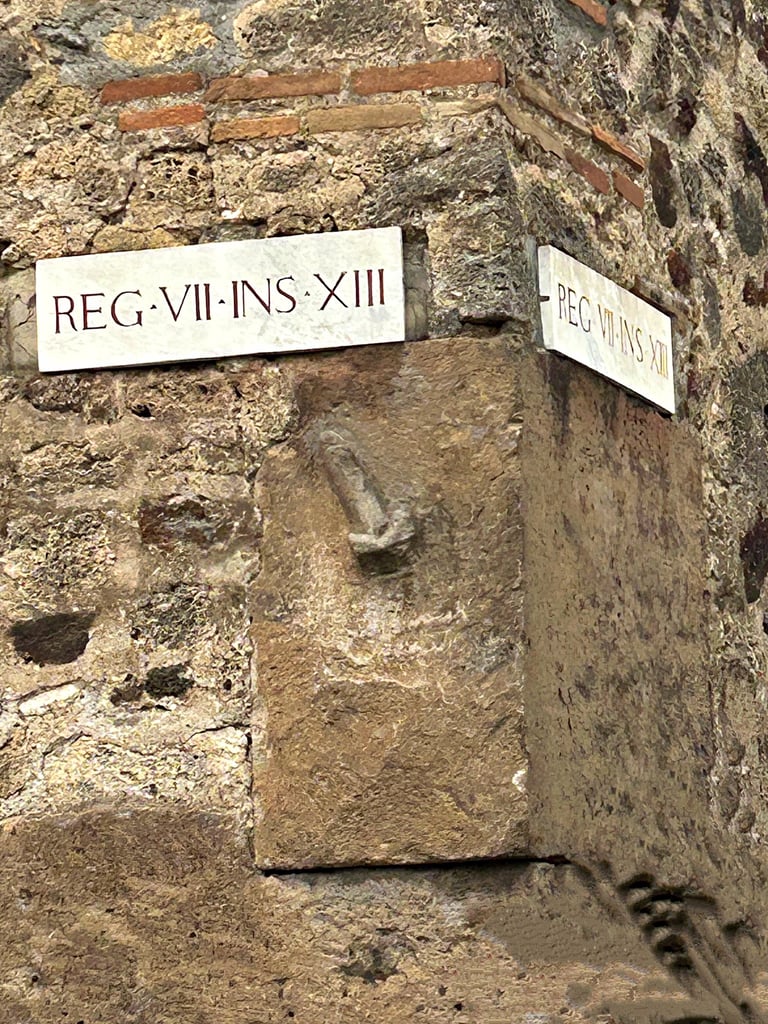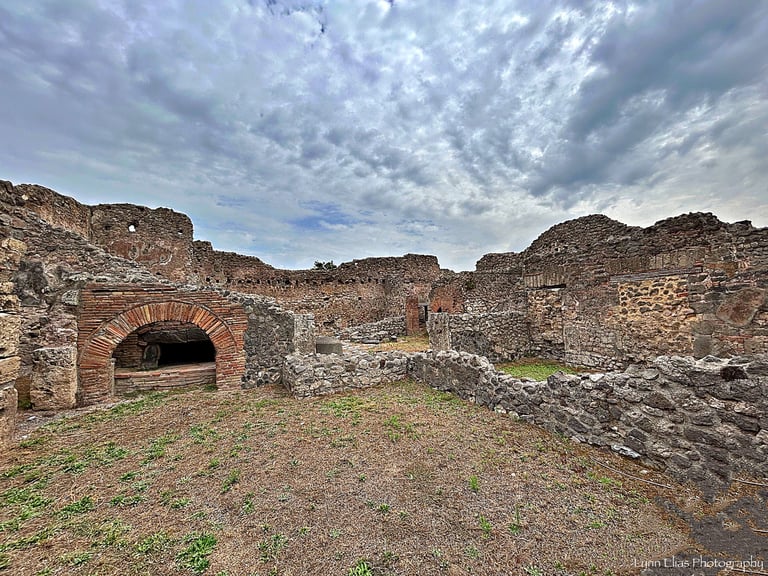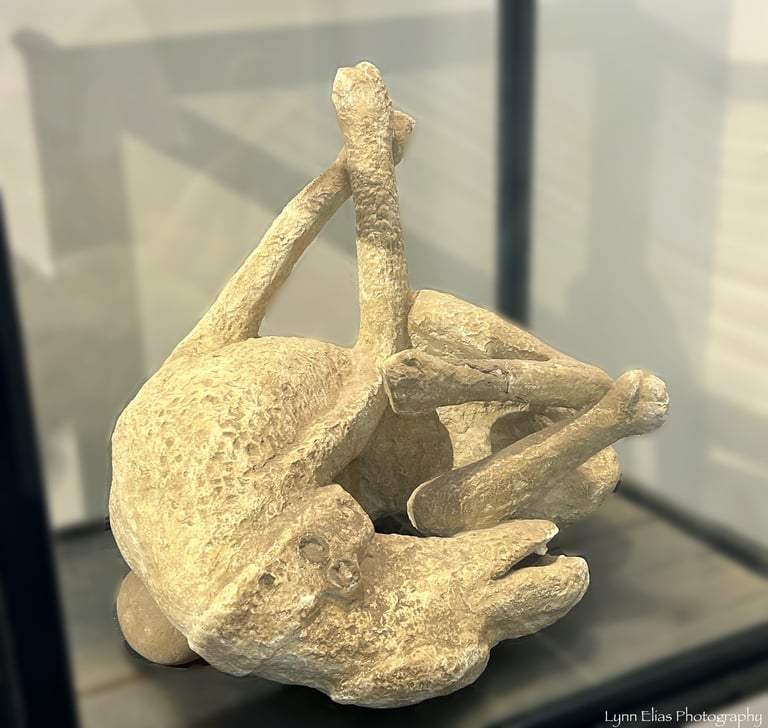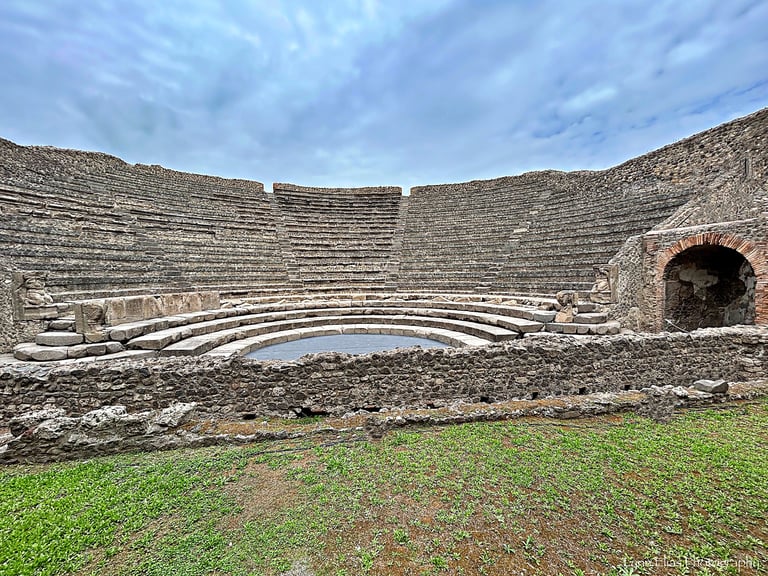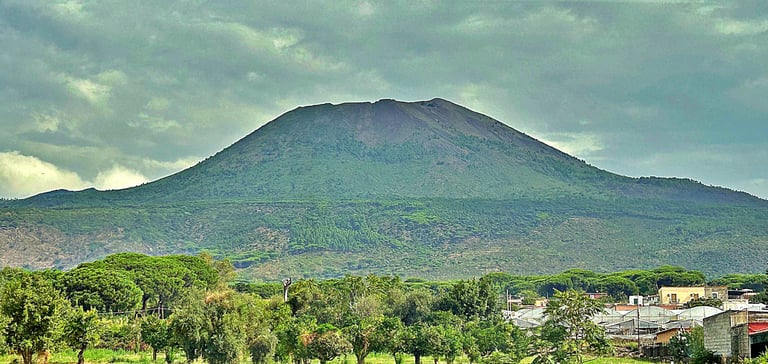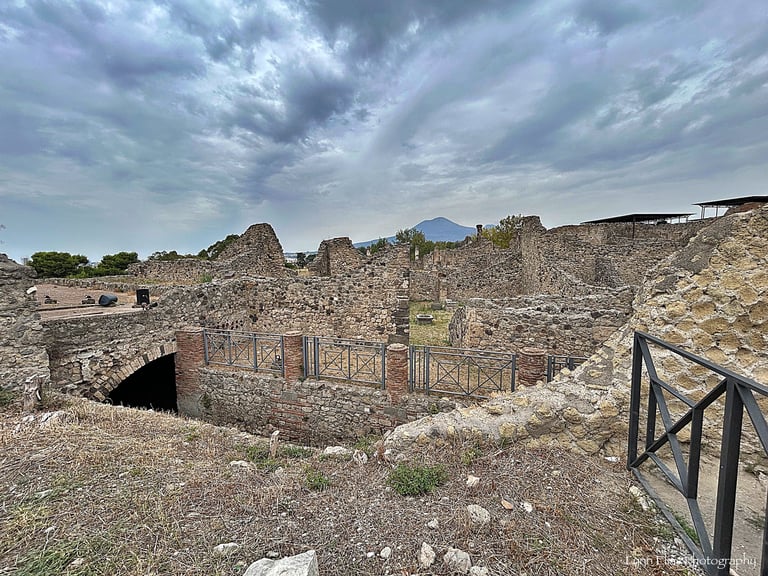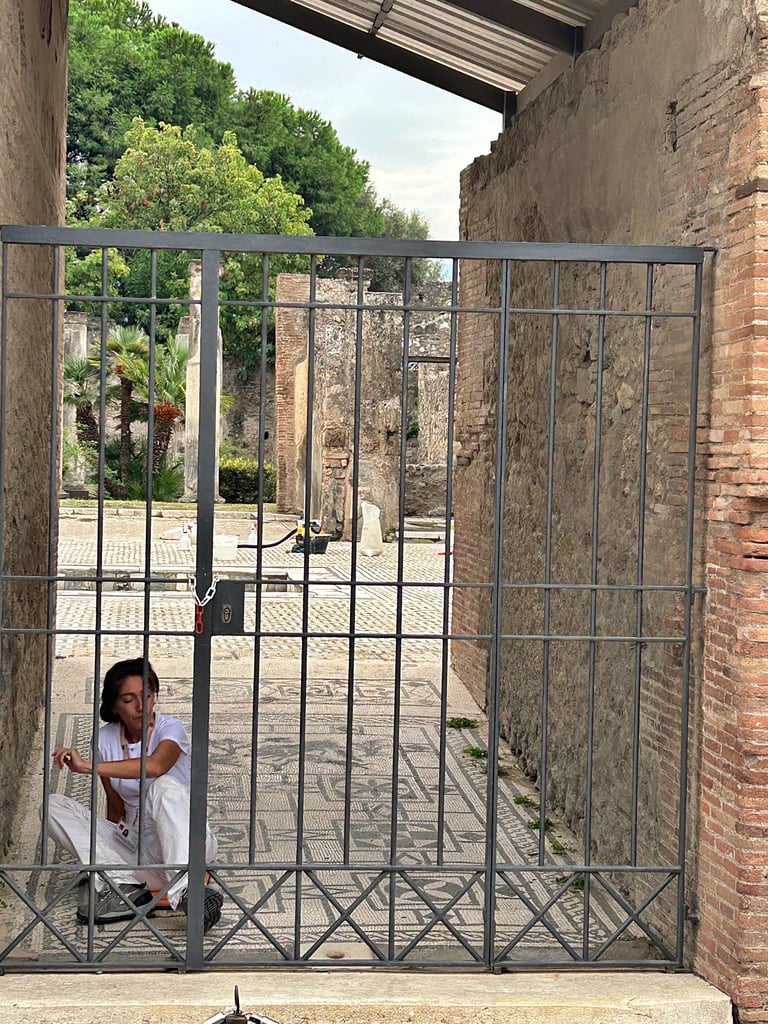CHECK OUT MY NEW BLOG!!!
Italy Series #4 -Exploring the Ruins of Pompeii: A Journey Through History and Emotion
Lynn Elias
10/16/20252 min read
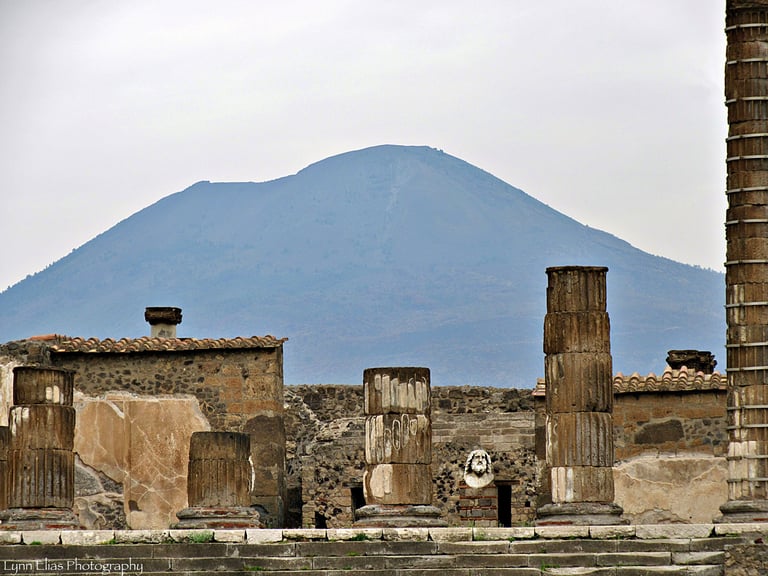

The Eruption of Mount Vesuvius: A Historical Overview
In 79 AD, the ancient city of Pompeii experienced one of the most cataclysmic eruptions in recorded history. Mount Vesuvius erupted violently, spewing ash and pumice high into the atmosphere, which rained down on the unsuspecting inhabitants of Pompeii. The city, known for its lavish villas, marketplaces, and stunning frescoes, was buried under meters of volcanic material. This tragic event preserved a snapshot of life during the Roman Empire, allowing historians and archaeologists to study the daily activities and culture of its citizens.
Uncovering the Past: Archaeological Discoveries
After the gradual rediscovery of Pompeii in the 18th century, excavations revealed remarkably preserved structures, artifacts, and even human remains (Some whole bodies frozen in the same position from when death hit). The meticulous work of archaeologists continues to uncover the secrets of this ancient city, painting a vivid picture of life back then. As time goes on, new findings emerge, further enriching our understanding of how Pompeii operated, what its people valued, and how they lived day-to-day before the disaster. They are still excavating today and we were able to see its process while we were there.
The Photographer's Perspective: Capturing Emotion in Ruins
For a photographer, the ruins of Pompeii present a unique challenge and an awe-inspiring opportunity. Standing amidst the remnants of a once-thriving civilization evokes deep feelings of nostalgia and contemplation. Each weathered wall, shattered pot, and vacant street corner tells a story of what once was, I felt like it was inviting me to capture both the beauty and the tragedy. As I walked through the ancient streets and explored its well-preserved ruins, it reminded me of when I heard it once referenced as "A city frozen in time". The contrast between nature's destructive force, exemplified by the towering Mount Vesuvius in the background, and the still-preserved hints of daily life in Pompeii invokes a sense of reverence.
As I wandered through sections like the Forum or the House of the Vettii, I felt a compelling connection to the lives once lived there. Every frame taken holds the weight of history, as they strive to encapsulate the essence of a civilization lost to time. Light filtering through the crumbling structures creates dramatic shadows, making every shot a potential masterpiece. The atmosphere is heavy with emotion, granting a rare glimpse into the past, forging a bond with the inhabitants who faced their fate with resolve.
In conclusion, the history of Pompeii and the awe-inspiring presence of Mount Vesuvius is a source of fascination for historians, tourists, and photographers alike. Each visit provides an opportunity to reflect on the impact of nature on human lives, while simultaneously showcasing the resilience of cultural heritage.

